Grow Bok Choy Indoors? Absolutely! Imagine fresh, crisp bok choy, ready to harvest right from your windowsill, even in the dead of winter. Forget those sad, wilted greens at the grocery store – with a few simple tricks, you can cultivate your own thriving mini-garden indoors.
Bok choy, also known as pak choi, has been a staple in Asian cuisine for centuries, prized for its mild, slightly sweet flavor and nutritional benefits. From stir-fries to soups, this versatile vegetable adds a healthy and delicious touch to any meal. But did you know you don’t need a sprawling outdoor garden to enjoy its goodness?
In today’s busy world, finding time for traditional gardening can be a challenge. That’s where the magic of indoor gardening comes in! Learning how to grow bok choy indoors is not only a fun and rewarding hobby, but it also provides you with a constant supply of fresh, organic produce. Plus, it’s a fantastic way to brighten up your living space and connect with nature, even when you’re stuck inside. I’m excited to share some easy-to-follow DIY tricks and hacks that will have you harvesting your own bok choy in no time. Let’s get started!
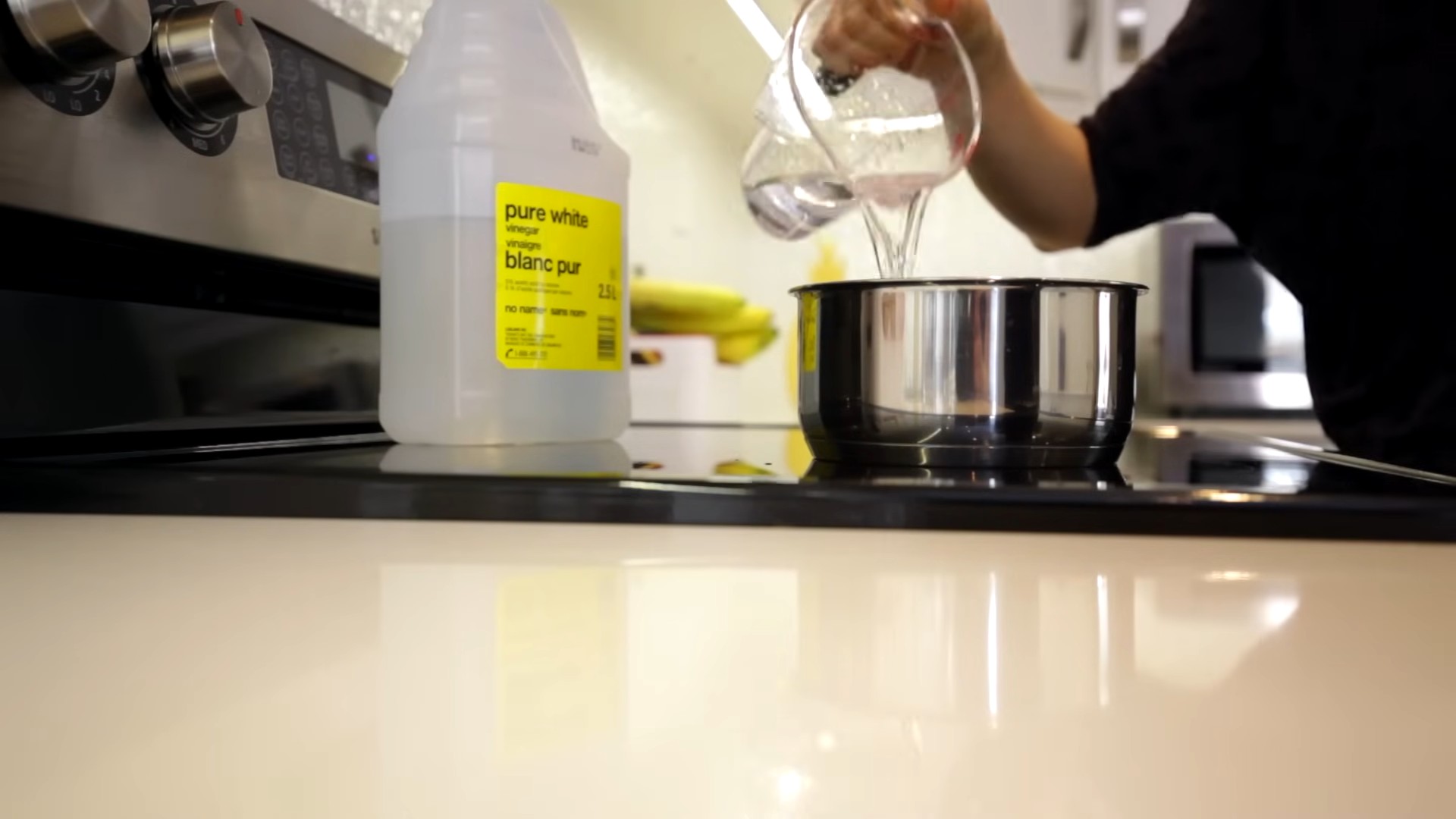
Grow Your Own Delicious Bok Choy Indoors: A Step-by-Step Guide
Hey there, fellow plant enthusiasts! Are you craving fresh, crisp bok choy but don’t have a garden? No problem! I’m going to walk you through the surprisingly simple process of growing your own bok choy indoors. It’s a rewarding experience, and you’ll have a constant supply of this nutritious veggie right at your fingertips. Let’s get started!
What You’ll Need
Before we dive in, let’s gather all the necessary supplies. Trust me, having everything ready beforehand will make the whole process much smoother.
* **Bok Choy Seeds:** You can find these at most garden centers or online. Look for varieties specifically suited for container gardening or smaller spaces.
* **Containers:** Choose pots that are at least 6 inches deep and wide. Bok choy needs room for its roots to grow. I prefer using containers with drainage holes to prevent waterlogging.
* **Potting Mix:** Use a high-quality, well-draining potting mix. Avoid using garden soil, as it can compact and hinder growth.
* **Grow Lights (Optional but Recommended):** While bok choy can tolerate some shade, it thrives with plenty of light. If you don’t have a sunny windowsill, grow lights are a fantastic investment.
* **Watering Can or Spray Bottle:** For gentle watering.
* **Fertilizer (Optional):** A balanced liquid fertilizer can help boost growth, but it’s not essential.
* **Seed Starting Tray (Optional):** If you prefer to start your seeds indoors before transplanting.
Getting Started: Planting Your Bok Choy Seeds
This is where the magic begins! We’ll start by planting our bok choy seeds. You have two options here: direct sowing into your containers or starting the seeds in a seed starting tray. I’ll cover both methods.
Direct Sowing (My Preferred Method)
1. **Prepare Your Containers:** Fill your chosen containers with potting mix, leaving about an inch of space at the top. Gently pat down the soil to create a level surface.
2. **Sow the Seeds:** Sprinkle the bok choy seeds evenly over the surface of the soil. Aim for about 2-3 seeds per inch. Don’t worry about being too precise; we can thin them out later.
3. **Cover the Seeds:** Lightly cover the seeds with a thin layer of potting mix (about ¼ inch).
4. **Water Gently:** Use a watering can or spray bottle to gently moisten the soil. Be careful not to dislodge the seeds. The soil should be damp but not soggy.
5. **Provide Light and Warmth:** Place your containers in a warm location with plenty of light. If you’re using grow lights, position them a few inches above the soil surface.
6. **Maintain Moisture:** Keep the soil consistently moist but not waterlogged. Check the soil daily and water as needed.
Starting Seeds in a Tray (For Extra Control)
1. **Fill the Seed Starting Tray:** Fill each cell of your seed starting tray with potting mix.
2. **Sow the Seeds:** Place 1-2 bok choy seeds in each cell.
3. **Cover the Seeds:** Lightly cover the seeds with a thin layer of potting mix.
4. **Water Gently:** Water the tray gently until the soil is moist.
5. **Provide Light and Warmth:** Place the tray in a warm location with plenty of light.
6. **Maintain Moisture:** Keep the soil consistently moist.
7. **Transplant Seedlings:** Once the seedlings have developed a few true leaves (about 2-3 weeks), carefully transplant them into your containers. Be gentle when handling the delicate roots.
Caring for Your Bok Choy Plants
Now that your seeds are planted, it’s time to nurture them into healthy, thriving bok choy plants. This involves providing the right amount of light, water, and nutrients.
1. **Light:** Bok choy needs at least 6 hours of sunlight per day. If you’re using grow lights, keep them on for 12-14 hours per day. Rotate your containers regularly to ensure even light exposure.
2. **Watering:** Water your bok choy plants regularly, keeping the soil consistently moist but not waterlogged. Check the soil moisture by sticking your finger about an inch into the soil. If it feels dry, it’s time to water. Avoid overhead watering, as this can lead to fungal diseases.
3. **Temperature:** Bok choy prefers cooler temperatures, ideally between 60-70°F (15-21°C). Avoid placing your plants near heat sources or in direct sunlight during the hottest part of the day.
4. **Fertilizing (Optional):** If you want to give your bok choy plants a boost, you can fertilize them every 2-3 weeks with a balanced liquid fertilizer. Follow the instructions on the fertilizer packaging. I usually dilute the fertilizer to half strength to avoid burning the roots.
5. **Thinning (If Necessary):** If you direct sowed your seeds and have multiple seedlings growing close together, you’ll need to thin them out. This will give the remaining plants enough space to grow. Gently snip off the weaker seedlings at the soil level, leaving the strongest ones to thrive.
6. **Pest Control:** Keep an eye out for common pests like aphids, slugs, and cabbage worms. If you spot any pests, you can try hand-picking them off the plants or using an organic insecticide like neem oil. I’ve found that a strong spray of water can also dislodge aphids.
Harvesting Your Bok Choy
The best part! You can start harvesting your bok choy when the leaves are about 4-6 inches long. This usually takes about 30-45 days from planting.
1. **Harvesting Individual Leaves:** You can harvest individual leaves as needed, starting with the outer leaves. This will allow the inner leaves to continue growing. Simply cut the leaves off at the base of the plant with a sharp knife or scissors.
2. **Harvesting the Entire Plant:** If you want to harvest the entire plant, cut it off at the base of the stem.
3. **Enjoy Your Harvest:** Wash your bok choy thoroughly before using it in your favorite recipes. It’s delicious in stir-fries, soups, salads, and more!
Troubleshooting
Even with the best care, you might encounter a few challenges along the way. Here are some common problems and how to address them:
* **Yellowing Leaves:** This could be a sign of overwatering, underwatering, or nutrient deficiency. Check the soil moisture and adjust your watering accordingly. If the soil is consistently moist, you might be overwatering. If the soil is dry, you need to water more frequently. You can also try fertilizing your plants with a balanced liquid fertilizer.
* **Leggy Growth:** This means your plants are not getting enough light. Move them to a sunnier location or provide supplemental light with grow lights.
* **Pests:** As mentioned earlier, keep an eye out for common pests and take action as needed.
* **Bolting:** Bolting is when the plant prematurely flowers and goes to seed. This is usually caused by stress, such as high temperatures or lack of water. To prevent bolting, keep your plants cool and well-watered.
Tips for Success
Here are a few extra tips to help you grow the best bok choy possible:
* **Choose the Right Variety:** Some bok choy varieties are better suited for indoor growing than others. Look for varieties that are compact and fast-growing.
* **Use a Good Quality Potting Mix:** This is essential for providing your plants with the nutrients they need.
* **Provide Adequate Light:** Bok choy needs plenty of light to thrive. If you don’t have a sunny windowsill, invest in grow lights.
* **Water Regularly:** Keep the soil consistently moist but not waterlogged.
* **Don’t Overcrowd Your Plants:** Thin out your seedlings if necessary to give them enough space to grow.
* **Rotate Your Crops:** If you’re growing bok choy in the same containers year after year, rotate your crops to prevent soilborne diseases.
Growing bok choy indoors is a fun and rewarding experience. With a little bit of care and attention, you can enjoy fresh, delicious bok choy all year round. Happy gardening!
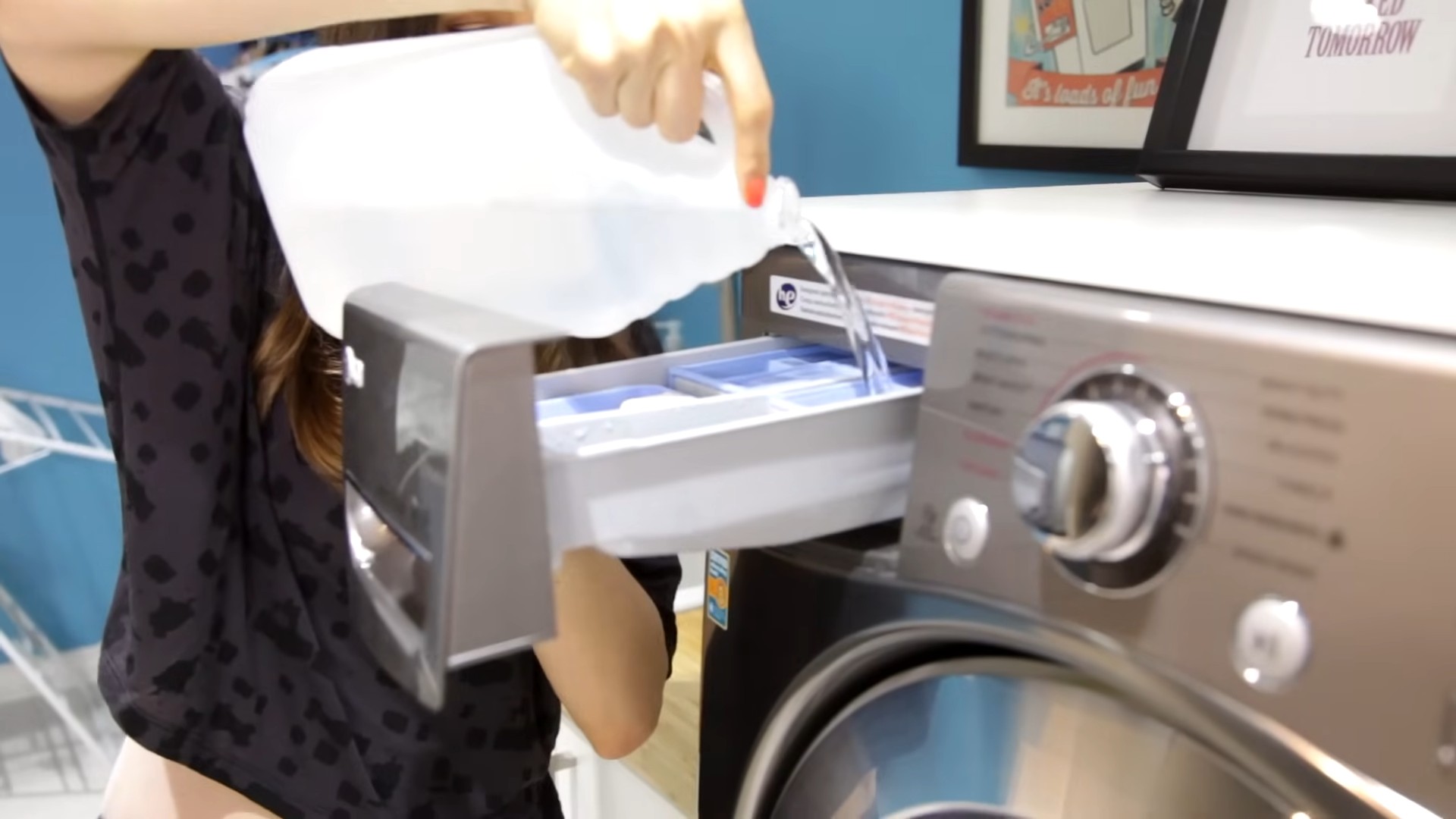
Conclusion
So, there you have it! Growing bok choy indoors isn’t just a possibility; it’s a rewarding and surprisingly simple endeavor. We’ve walked through the essential steps, from selecting the right seeds and containers to providing the optimal light and care. But why should you take the plunge and try this DIY trick?
First and foremost, growing your own bok choy gives you unparalleled control over the quality and freshness of your produce. No more wilted greens from the grocery store! You’ll have crisp, vibrant bok choy at your fingertips, ready to add a nutritious and delicious boost to your meals. Imagine the satisfaction of harvesting your own ingredients for a stir-fry, soup, or salad.
Beyond the freshness factor, growing bok choy indoors is also a sustainable and cost-effective choice. You’ll reduce your reliance on commercially grown produce, which often involves long-distance transportation and potentially harmful pesticides. Plus, once you have your initial setup, the ongoing costs are minimal, making it a budget-friendly way to enjoy fresh vegetables.
But the benefits don’t stop there. Indoor gardening is a therapeutic and engaging hobby that can bring a touch of nature into your home. Tending to your bok choy plants can be a relaxing and mindful activity, providing a welcome break from the stresses of daily life. It’s also a fantastic way to connect with nature, even if you live in an urban environment.
Ready to experiment? Consider these variations to personalize your indoor bok choy garden:
* Microgreens: Harvest your bok choy seedlings at a very young stage for a concentrated burst of flavor and nutrients.
* Succession Planting: Plant new seeds every few weeks to ensure a continuous supply of bok choy throughout the year.
* Companion Planting: Grow bok choy alongside other compatible herbs and vegetables, such as basil or cilantro, to enhance flavor and deter pests.
* Different Varieties: Explore different varieties of bok choy, such as baby bok choy or Shanghai bok choy, to discover your favorite flavors and textures.
Ultimately, the best way to discover the joys of growing bok choy indoors is to simply give it a try. Don’t be afraid to experiment, learn from your mistakes, and adapt the techniques to suit your specific environment and preferences.
We’re confident that you’ll find this DIY trick to be a worthwhile and rewarding experience. So, grab your seeds, prepare your containers, and get ready to embark on your indoor bok choy growing adventure!
And most importantly, we want to hear about your experiences! Share your tips, tricks, and photos with us in the comments below. Let’s create a community of indoor bok choy enthusiasts and inspire others to discover the joys of growing their own food. Happy gardening!
Frequently Asked Questions (FAQ)
What is the best time of year to start growing bok choy indoors?
You can start growing bok choy indoors at any time of year! Because you’re controlling the environment, you don’t have to worry about seasonal limitations. However, keep in mind that bok choy prefers cooler temperatures, so you might need to adjust your indoor environment during the hotter months. If your home gets very warm in the summer, consider providing extra ventilation or using a small fan to keep your bok choy plants cool.
How much light does bok choy need when grown indoors?
Bok choy requires at least 6 hours of direct sunlight per day. If you don’t have a sunny windowsill, you’ll need to supplement with artificial lighting. Grow lights are an excellent option, and you can choose from a variety of types, including LED, fluorescent, and incandescent. Position the grow lights about 6-12 inches above your bok choy plants and keep them on for 12-14 hours per day. Monitor your plants closely and adjust the lighting as needed. If the leaves start to look pale or leggy, it means they’re not getting enough light.
What kind of soil is best for growing bok choy indoors?
Bok choy prefers well-draining, nutrient-rich soil. A good option is a potting mix specifically formulated for vegetables. You can also create your own mix by combining equal parts of potting soil, compost, and perlite or vermiculite. The compost will provide essential nutrients, while the perlite or vermiculite will improve drainage and aeration. Avoid using garden soil, as it can be too heavy and may contain pests or diseases.
How often should I water my indoor bok choy plants?
Water your bok choy plants regularly, keeping the soil consistently moist but not waterlogged. Check the soil moisture level daily by sticking your finger about an inch into the soil. If it feels dry, it’s time to water. Water deeply, allowing the excess water to drain out of the bottom of the container. Avoid overwatering, as this can lead to root rot. During hotter months, you may need to water more frequently.
How do I fertilize my indoor bok choy plants?
Bok choy is a heavy feeder, so it’s important to fertilize regularly. Start fertilizing about two weeks after the seedlings emerge. Use a balanced liquid fertilizer, diluted to half strength, every two weeks. You can also use a slow-release fertilizer at the time of planting. Follow the instructions on the fertilizer package carefully. Avoid over-fertilizing, as this can burn the roots.
What are some common pests and diseases that affect indoor bok choy?
Common pests that can affect indoor bok choy include aphids, spider mites, and whiteflies. Check your plants regularly for signs of infestation, such as small insects on the leaves or sticky residue. If you find pests, you can try washing them off with a strong stream of water or using insecticidal soap. Diseases that can affect bok choy include damping-off, root rot, and powdery mildew. To prevent these diseases, ensure good air circulation, avoid overwatering, and use a well-draining potting mix.
How long does it take to grow bok choy indoors?
Bok choy typically takes about 30-50 days to mature, depending on the variety and growing conditions. You can start harvesting the outer leaves when they are about 6 inches long. Continue harvesting the outer leaves as needed, allowing the inner leaves to continue growing. You can also harvest the entire plant at once.
Can I grow bok choy in a hydroponic system?
Yes, bok choy can be successfully grown in a hydroponic system. Hydroponics is a method of growing plants without soil, using nutrient-rich water solutions. Bok choy thrives in hydroponic systems because it allows for precise control over the nutrient supply and eliminates the risk of soilborne diseases. If you’re interested in hydroponics, research different hydroponic systems and choose one that is suitable for growing bok choy.
What are some creative ways to use my homegrown bok choy?
The possibilities are endless! Bok choy is a versatile vegetable that can be used in a variety of dishes. Try it in stir-fries, soups, salads, steamed dishes, or even grilled. You can also use it as a substitute for spinach or kale in many recipes. Get creative and experiment with different flavors and cooking methods to discover your favorite ways to enjoy your homegrown bok choy.
How do I prevent my bok choy from bolting (going to seed)?
Bolting is when a plant prematurely flowers and goes to seed, which can make the leaves bitter. Bok choy is more likely to bolt in hot weather or when it experiences stress. To prevent bolting, keep your bok choy plants cool, well-watered, and adequately fertilized. Avoid exposing them to extreme temperature fluctuations. If you notice signs of bolting, such as a tall flower stalk emerging from the center of the plant, harvest the leaves immediately to prevent them from becoming bitter.

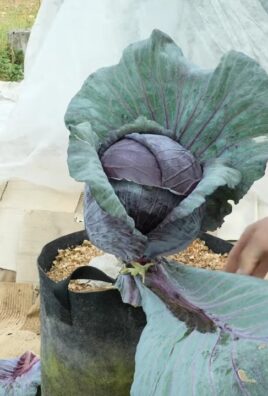
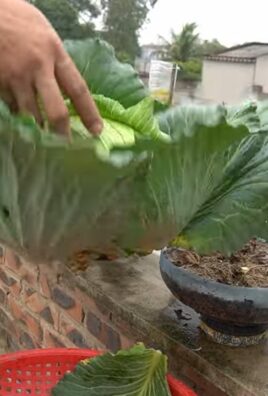
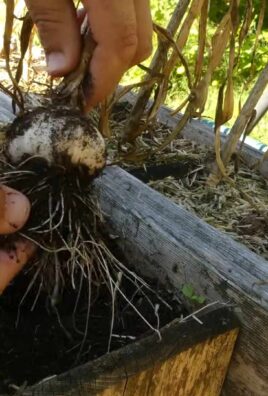
Leave a Comment